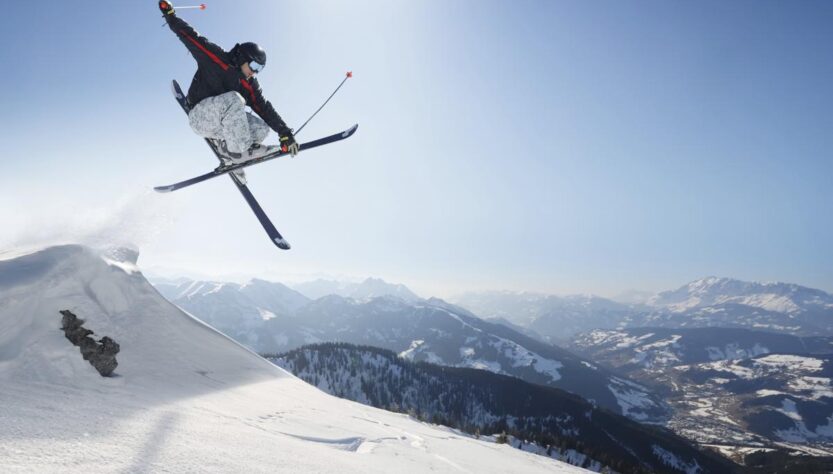Summer and fall are equally active seasons for many mountain enthusiasts as winter. Mountain biking, climbing, hiking, and other outdoor activities are excellent ways to keep in shape during the off-season. However, with winter quickly approaching, any skier or snowboarder must consider how they can maximize performance and enjoy their days on the slopes through winter-specific training. While there is no substitute for time spent on the mountain, there are surefire ways to prepare for the deep and steep this season, ranging from specific exercises to dietary changes.
- Eat like a professional athlete.
Nutrition is a crucial way of maximizing performance, which is why it has become such a hot topic in the outdoor sports industry. While everybody is different, and tailoring your nutrition to your unique goals and body type is crucial, practically every athlete adheres to a few standards. Eat complete, unprocessed meals, avoid refined sugar, and stay away from foods high in empty carbohydrates. Make your meals instead of ordering pizza and donuts; not only will your health thank you, but so will your wallet.
- Strength should always come first.
While turning into a big poser isn’t easily a top concern for skiers and snowboarders, disregarding strength training is a common mistake that leads to poor performance and injury. Consider your legs and core as the basis for your riding: it’s never a good idea to try to build a house on a shaky foundation. While skiing and snowboarding have an endurance component, they also have an explosive component, as most riders operate in high-intensity bursts. Find a coach who can help you create a program, according to Billy Crafton from San Diego, because perfect technique and a good routine are just as crucial as the on-snow gains you’ll make with strength training.
- Stretch frequently.
Mobility exercises should get incorporated into your everyday routine, but it’s crucial to distinguish between static and dynamic stretching. By using repetitive movement to stretch the muscle and warm up the joints and muscles, dynamic stretching improves mobility and can help prevent injury. The most effective stretches are dynamic stretches that match the movement of the activity you’re doing. The classic definition of static stretching involves holding a specific position for 30 to 60 seconds at the point of tension. It’s a terrific recuperation tool that will help you ride back-to-back days when the snow is excellent, and it gets best done after a workout.
- Doze off like a log
We have an unhealthy fixation with productivity and technology in the United States, according to Billy Crafton from San Diego. We decided to value it over good sleep somewhere along the way. However, research indicates a significant error, particularly for athletes who rely on adequate rest for recovery. While many people can manage six hours of sleep or less, the research shows that poor-quality or insufficient sleep can cause health issues, including an increased risk of heart disease and diabetes.

